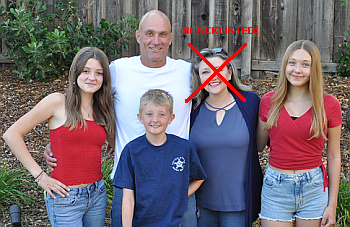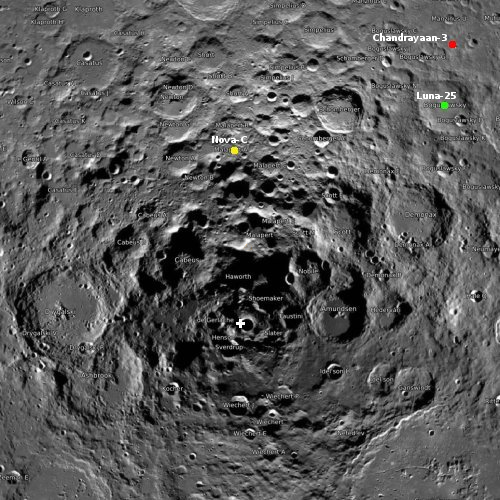China launches remote sensing satellite using rocket from pseudo-company
The Chinese pseudo-company Galactic Energy completed another successful orbital launch today, using its Ceres-1 rocket solid-fueled rocket carrying a remote sensing satellite and lifting off from the Jiuquan spaceport in the northwest interior of China.
As with the pseudo-company’s previous launch, the state-run press made no mention of the company in its reporting, underlining the fact that it really is simply another government-controlled entity that simply adds private investment and the profit-motive to its operations.
No word on where the rocket’s lower stages crashed within China.
The leaders in the 2023 launch race:
57 SpaceX
37 China
12 Russia
7 Rocket Lab
In the national rankings, American private enterprise still leads China in successful launches 66 to 37. It also leads the entire world combined, 66 to 60, while SpaceX by itself now trails the rest of the world (excluding American companies) 57 to 60 in successful launches.
The Chinese pseudo-company Galactic Energy completed another successful orbital launch today, using its Ceres-1 rocket solid-fueled rocket carrying a remote sensing satellite and lifting off from the Jiuquan spaceport in the northwest interior of China.
As with the pseudo-company’s previous launch, the state-run press made no mention of the company in its reporting, underlining the fact that it really is simply another government-controlled entity that simply adds private investment and the profit-motive to its operations.
No word on where the rocket’s lower stages crashed within China.
The leaders in the 2023 launch race:
57 SpaceX
37 China
12 Russia
7 Rocket Lab
In the national rankings, American private enterprise still leads China in successful launches 66 to 37. It also leads the entire world combined, 66 to 60, while SpaceX by itself now trails the rest of the world (excluding American companies) 57 to 60 in successful launches.










